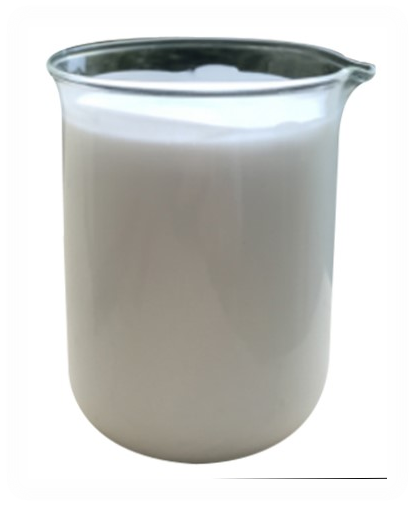**Dawn Detergent’s Secret Sauce: Is It Hiding a Nonionic Surfactant Superpower?**
(Is Dawn Detergent A Nonionic Surfactant)
Let’s talk about dish soap. Not the boring, bubbly stuff—the kitchen superhero that battles grease, grime, and last night’s lasagna pan. Dawn detergent is famous for cutting through oil like a hot knife through butter. But what gives it this power? The answer might lie in a sneaky ingredient category: surfactants. And not just any surfactants. People wonder if Dawn’s magic comes from something called “nonionic surfactants.” Let’s break it down.
First, surfactants are the muscle behind cleaning products. They’re molecules with two faces: one loves water, the other clings to oil. This split personality lets them grab grease and wash it away. Surfactants come in different types. Ionic surfactants have an electric charge. Nonionic ones don’t. The difference matters because nonionic surfactants are quieter workhorses. They don’t react much with minerals in water, making them gentler but still tough on stains.
Now, does Dawn use nonionic surfactants? If you check the ingredients, you’ll see words like “sodium lauryl sulfate” or “sodium laureth sulfate.” These are ionic surfactants—the charged, loud cousins in the surfactant family. They create big suds and pack a punch on grease. But wait. Dawn’s formula isn’t all about brute force. Some versions include “ethoxylated alcohols,” which sound fancy but are basically nonionic surfactants in disguise. These work without charging into battle. They quietly surround oil particles, breaking them down so water can rinse them away.
So why mix both? Think of it like a teamwork strategy. Ionic surfactants foam up and lift heavy grease. Nonionic ones handle the finer details, like stubborn spots or oily residue. Together, they make Dawn a grease-fighting powerhouse. It’s not just about being nonionic or ionic. It’s about balance.
But hold on. Other detergents brag about using nonionic surfactants as their main ingredient. They’re common in laundry detergents or products for hard water. These surfactants are less likely to leave soap scum. They’re also better at low temperatures. Dawn, though, is built for different battles. Its job is to tackle stuck-on food fast. So it leans on ionic surfactants for instant action, even if that means more bubbles.
Here’s the kicker: nonionic surfactants aren’t always the “better” choice. They’re just different. Dawn’s formula is about speed and strength. Imagine scrubbing a pizza pan. You want something that works immediately, not something that’s gentle over time. Ionic surfactants give that quick lift. Nonionic ones might be slower but steadier. Dawn mixes both to cover all bases.
Still, the mystery isn’t fully solved. Detergent formulas are secret recipes. Companies don’t spell out every detail. But we know this much: Dawn’s success isn’t just about one type of surfactant. It’s about mixing the right players for the job. Whether nonionic surfactants are the star or the backup dancer depends on the mess you’re facing.
Next time you squeeze that blue liquid onto a sponge, remember—it’s not just soap. It’s a tiny army of molecules, some charged, some neutral, all working to make your dishes spotless. The magic isn’t in a single ingredient. It’s in the mix. And that’s why Dawn stays a kitchen favorite, even if its surfactant secrets aren’t totally clear.
(Is Dawn Detergent A Nonionic Surfactant)
So, does Dawn have nonionic surfactants? Maybe a little. But its real superpower is knowing how to blend the best of both worlds.
Inquiry us
if you want to want to know more, please feel free to contact us. (nanotrun@yahoo.com)




